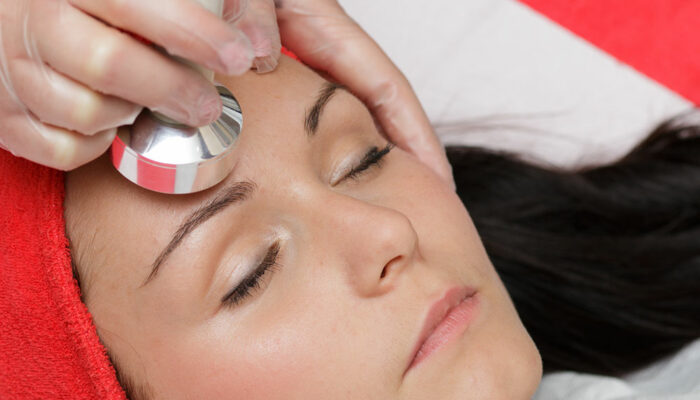
Treatment Options for Dyskinesia and Tremors
Tremors and dyskinesia are symptoms of Parkinson’s disease, and they involve involuntary movements of the body that at times appear similar, but they are treated differently. About 70% of people with Parkinson’s will feel tremors at some time, while 40-50% will go through dyskinesia after about five years of starting treatment. In short, dyskinesia and tremors are a part of Parkinson’s, the latter has a rhythmic back and forth movement with most tremors occurring in the hand. They are more prominent when medications for Parkinson’s are wearing off.
On the other hand, dyskinesia is most often a side effect of a medication called levodopa that is used to treat Parkinson’s. It usually starts on the same side of the body that’s affected by Parkinson’s. At first, it might be mild, but it can get worse. Some of the symptoms are swaying, head bobbing, or fidgeting. For many, the movements can be uncomfortable and could interrupt a person’s daily routine.
Both dyskinesia and tremors can be controlled through medication. Let’s find out the various treatment options for them.
1. Change Levodopa dose
Both dyskinesia and tremors can occur when the amount of dopamine in the brain increases. Once the drug wears off, those levels drop, and these changes may cause dyskinesia. One way to prevent it from happening is to lower the dose of levodopa, such that it is enough to avoid this side effect but still control the other symptoms of the disease. Ask your doctor to assess the dosage from time to time.
Switching to an extended-release form of levodopa can also work well. This way, the medicine releases more slowly into the blood and keeps dopamine levels steadier.
2. Take Amantadine
This drug helps treat dyskinesia and tremors symptoms such as stiffness and shaking. It is available in two forms:
- Amantadine is given in an extended-release form and is taken in the form of a capsule at night
- Osmolex ER – This is another extended-release medication that is taken once in the morning.
3. Deep brain stimulation (DBS)
If medications seem ineffective, you can also try deep brain stimulation (DBS). It is a great way to treat dyskinesia and tremors in Parkinson’s. It can help with stiffness, tremors, and walking issues. It can also prevent dyskinesia. In this procedure, a small device akin to a pacemaker is inserted into the brain, which sends electrical signals to those parts of the brain that control movement. It stops the abnormal nerve impulses that cause dyskinesia and tremors.
Another good option is to get a continuous infusion of medicine into the body through a battery-powered pump. It includes:
- Levodopa/carbidopa intestinal gel (LCIG)
- Continuous subcutaneous apomorphine infusion (CSAI)
Whatever course of medication or treatment you or your loved ones opt for, it is essential to keep the doctor in the loop. In fact, it is recommended that these treatments should be administered only after the approval of the doctor, or else it could lead to harmful effects.



